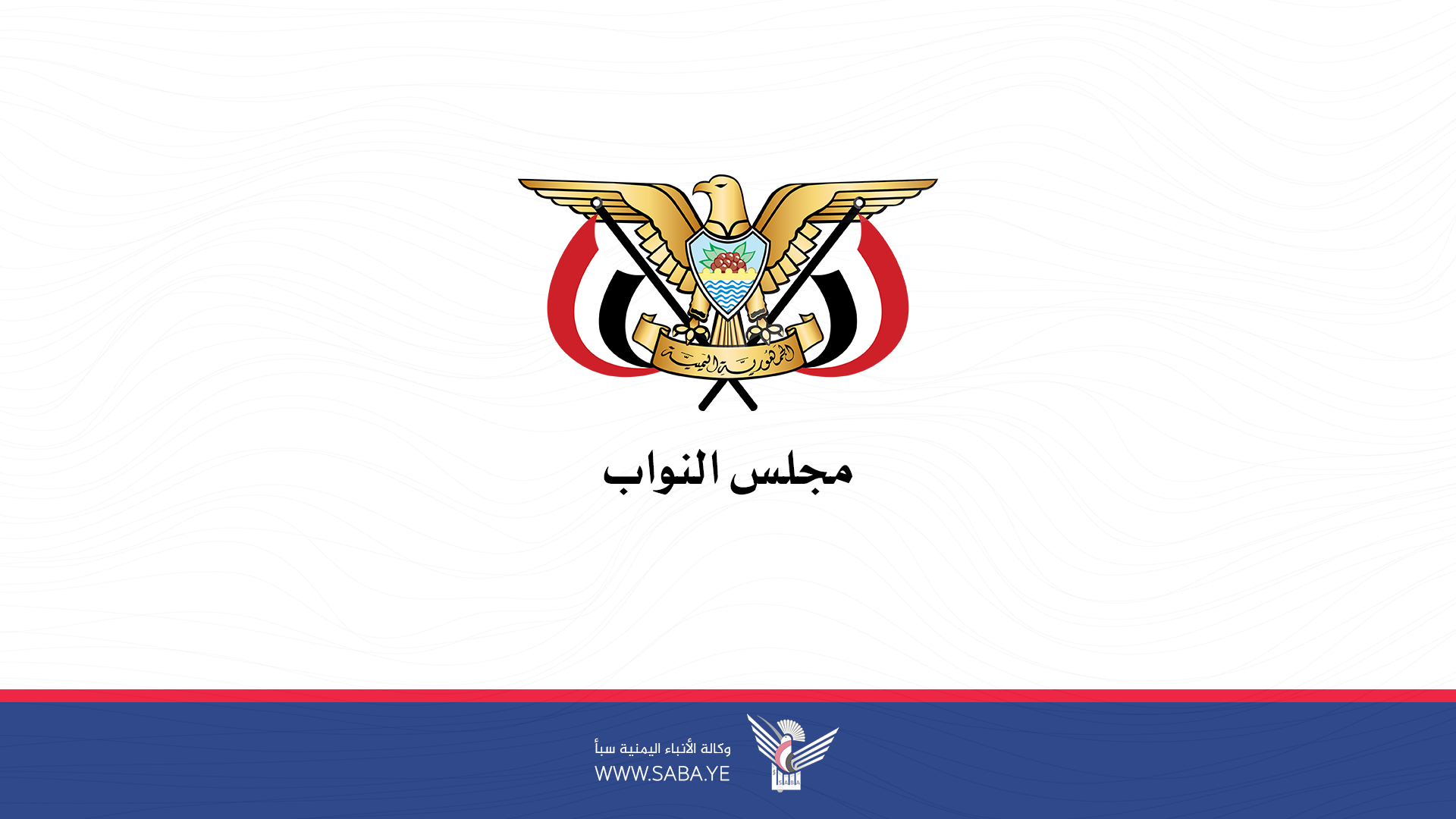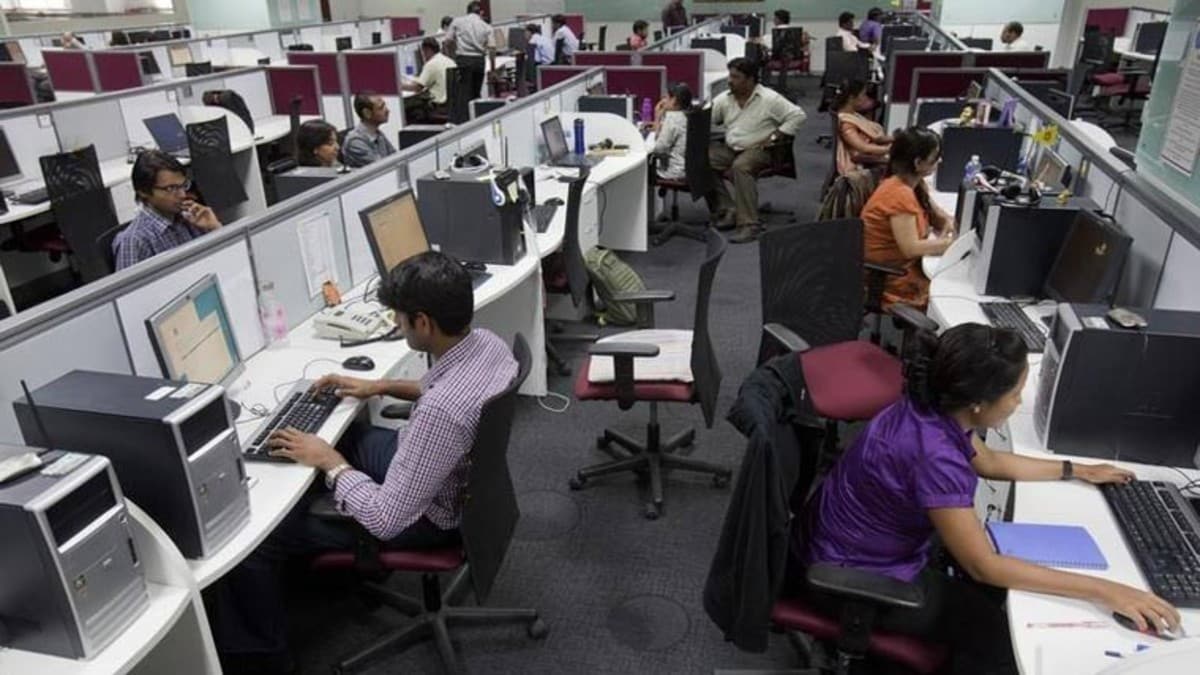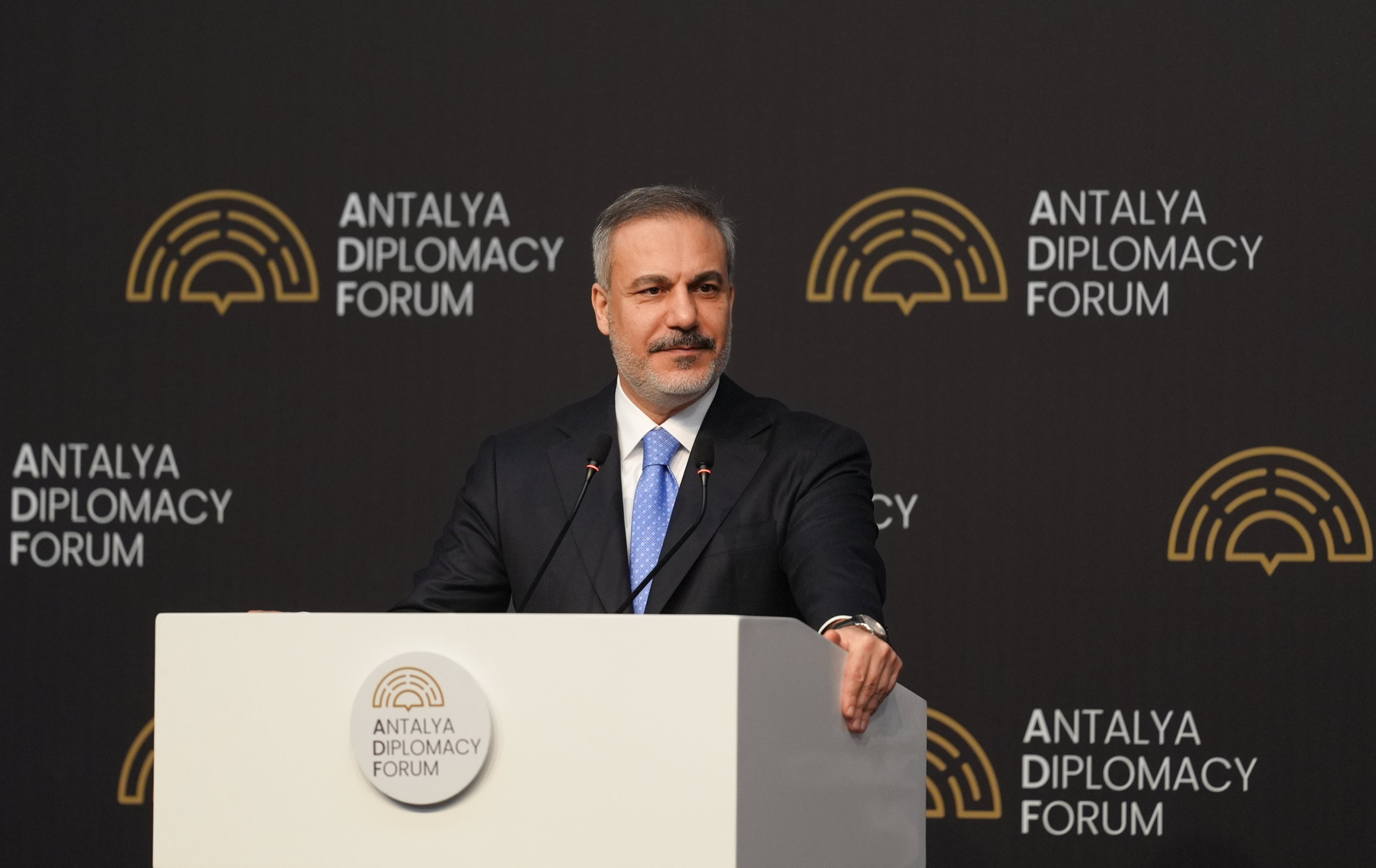Is it just me or did it seem like an endless march to the end of March? Well, it’s the 31st and what fine way to wrap the month by championing the National Women’s Month celebration. The whole country, especially in its different sectors and agencies, drew up numerous activities and initiatives to extend their support to women’s causes—even making purple elements visible as a tribute to Filipino women and their invaluable contributions to society. This year’s celebration carries with it the theme, “Babae sa Lahat ng Sektor, Aangat ang Bukas sa Bagong Pilipinas,” a beautiful focus that as women rise, the nation thrives.
This theme highly reinforces Republic Act No. 9710 or the Magna Carta of Women (MCW) to promote gender equality and strengthen women’s empowerment. According to the Philippine Commission on Women’s website, the Magna Carta of Women, enacted in 2009, is a comprehensive women’s human rights law that seeks to eliminate discrimination through the recognition, protection, fulfillment, and promotion of the rights of Filipino women.

These women’s rights span a vast range of issues, from voting and holding public office to securing equal employment opportunities and fair wages. However, workplace woes for women still exist. In a recent conversation I have had with good friends, I have learned that some companies show preference in hiring men instead of women.
My other friend chimed in, telling me that factors such as maternity leave, pregnancy complications requiring medical check-ups that would render them temporarily out of office, child’s sickness, school issues, and other emergency situations that would render the shortage of human resources in the workplace. Challenges in the workplace for women also include discrimination, sexual harassment issues, underrepresenation in leadership roles, gender wage gap, among others. But the Magna Carta of Women has mandated that female employees, regardless of their employment status, are entitled to a host of benefits and protections that aim to promote women’s well-being, and especially create a working environment that is free from discrimination.
It requires employers to ensure that Philippine Labor laws are aligned with women’s rights, such as them being entitled to leave benefits, workplace facilities suited to their needs, protection against discrimination and harassment, and various forms of support related to maternal health. I believe that women are the workplace’s greatest asset. In several organizations I took part in, I have seen that women are natural problem solvers and excel so most often at communication and collaboration, extending an empathy and emotional intelligence incentives in the workplace.
In terms of conflict resolution, women are more likely to listen actively and find win-win solutions for all parties concerned. It is an utmost hope that there are more economic benefits for women as they participate in the labor force. While there is a sleek improvement for women participation in the workforce, there is still a need to intensify efforts to further opportunities for the females.
It is best to start by addressing gender bias and gender role stereotypes at work, conduct trainings and orientations for everyone that ensures compliance with MCW, advancing economic opportunities for women, maintaining an open communication, and providing benefits of inclusive growth for every female employee. Employers should avoid distinctions, exclusions, or restrictions based on sex that would impair women’s opportunities in employment. May it be underscored that it is not only the employer’s obligation to protect working women and ensure equal employment opportunities, but it is also a State policy to uphold fundamental principles of equality and fairness.
.
















